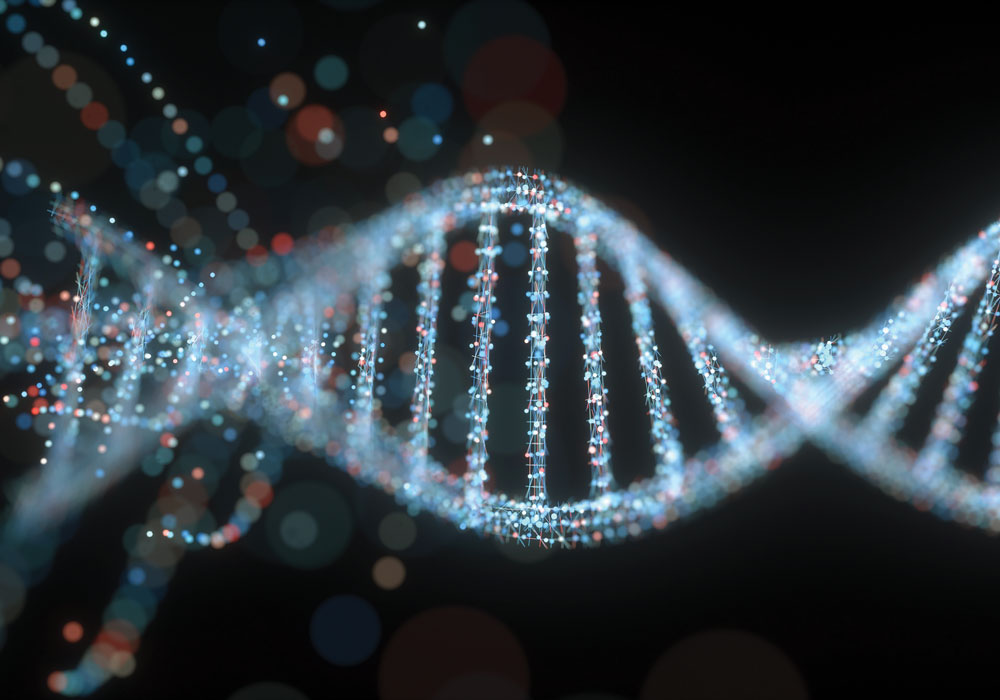By Meaghan Ryan, MSN, FNP-BC
Tyrone is a 74-year-old man with a history of acute myeloid leukemia (AML), type 2 diabetes, and hypertension who was admitted to the hospital after lab results revealed 40% circulating blasts in his peripheral blood that was concerning for relapsed disease. He was diagnosed with AML three years ago and achieved remission after treatment with a hypomethylating agent.
When he arrived at the hospital, Tyrone had stable vital signs and was not in acute distress. His white blood count was 24, hemoglobin 8.0, platelets 12, absolute neutrophil count 0.4, blasts 41%, and LDH 640. Chemistry and coagulation studies were unremarkable, and he had clear lung fields on chest x-ray. On exam, Tyrone was slightly pale and had clear breath sounds, regular heart rate and rhythm, scattered bruising to the extremities, and no rashes or lesions.
Pathology from a bone marrow biopsy, cytogenetics, and molecular sequencing showed relapsed AML with 60% blasts by flow cytometry, normal karyotype and negative FISH panel, and mutated IDH2 with 74% variant allele frequency. He was started on enasidenib 100 mg daily orally with prophylactic antiemetics.
Tyrone developed fever, dyspnea, and lower extremity edema nine days after the start of therapy. His temperature was 39.1°C, heart rate 115, blood pressure 109/65, respiratory rate 32, and oxygen saturation 86% (which improved to 94% on 3 l oxygen). On exam, he appeared restless with slightly labored respiratory effort and bilateral coarse crackles.
What Would You Do?
AML, a hematologic malignancy characterized by expansion of myeloid precursors or blasts that results in impaired hematopoiesis and bone marrow failure, is the most common acute leukemia in the adult population. Initial treatment involves induction chemotherapy, but many patients become refractory to that therapy. Refractory AML is difficult to treat and has few therapy options, resulting in five-year survival rates of only 5%–10%.
Classification of AML is shifting from a morphology to genetic basis, and treatment choices are following suit. AML is a complex, dynamic disease that involves many genes, often with more than one driver variant. Two common driver variants in AML are isocitrate dehydrogenase 1 and 2 genes (IDH1 and IDH2).
Enasidenib and ivosidenib are first-in-class, oral inhibitors of IDH1 and IDH2-altered enzymes, respectively. IDH2 variants occur in about 12% of patients with AML and increase in frequency with age. Enasidenib inhibits the IDH2 protein and decreases serum 2-HG, which restores myeloid differentiation in healthy cells.
Oncology nurses must watch for a unique complication during enasidenib therapy called differentiation syndrome, which can occur as early as the day after the start of therapy or up to five months later. Symptoms include fever, dyspnea, pulmonary infiltrates, pleural or pericardial effusions, acute respiratory distress, and peripheral edema with rapid weight gain. Prompt recognition is vital, and corticosteroid therapy is the mainstay of treatment.
The cancer care team completed an infectious workup for Tyrone, and chest imaging revealed diffuse pulmonary infiltrates bilaterally. Because his symptoms were highly suspicious for differentiation syndrome, they promptly started him on corticosteroids (10 mg IV dexamethasone twice daily) and continued enasidenib therapy. Within 48 hours, Tyrone’s clinical situation dramatically improved; he was weaned from oxygen therapy and his steroids tapered over 14 days. He was discharged from the hospital to continue outpatient treatment, repeat bone marrow biopsy, and evaluation. At the time of discharge, he was tolerating therapy well with no additional adverse effects.






